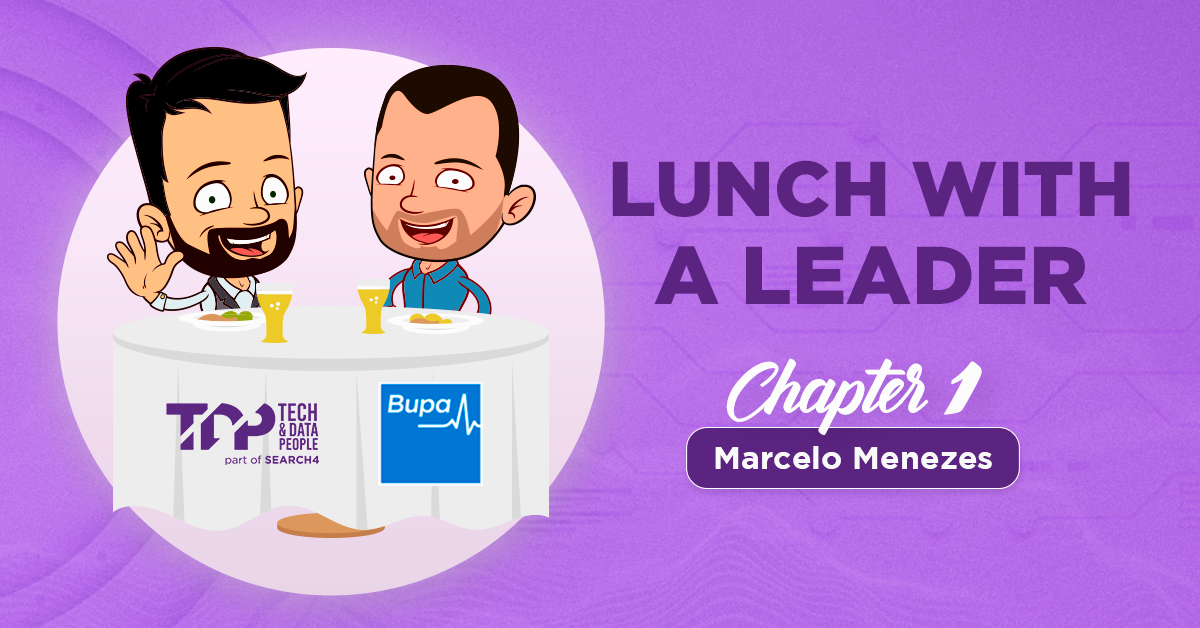Blogs
Lunch With a Leader | Chapter 1: Marcelo Menezes

Welcome to Lunch With a Leader, where the Tech & Data People team sits down with IT leaders to uncover their career insights, challenges, and industry perspectives. Each conversation brings valuable lessons, trends, and advice to help our community grow and thrive.
Grab a seat at the table and take in the insights from some of the best in the business.
The digital landscape is constantly evolving, demanding leaders who are highly skilled and relentlessly curious. As a Digital Portfolio Leader, staying ahead of emerging trends is an endless task – one that Marcelo Menezes doesn’t just embrace but actively drives. Through strategic thinking, industry influence, and fostering a culture of continuous learning, he ensures his teams remain at the forefront of innovation.
I was eager to understand how he navigates this fast-moving space, what drives his leadership style, and the advice he has for those looking to step up into a ‘Head Of’ role. Here's what he shared.
The mindset of a future-ready digital leader
1. How do you stay on top of emerging digital trends and tech?
If there’s one thing I’ve learned, it’s that the digital world never stands still. That's why I prioritise staying curious and informed about emerging trends. It's not just about keeping up, it's about ensuring I can deliver the best possible solutions for my stakeholders. It’s also about being intentional in how you learn. I've found that listening to leaders in the product space, particularly those in Silicon Valley, provides invaluable insights. Their perspectives on product management, digital capabilities, and AI are truly shaping the future. If you're looking for a great resource, I highly recommend Martin Cagan's "Transformed: Moving the Product Operating Model". It's been an eye-opener and a game-changer for me.
2. What key metrics do you track to ensure your digital portfolio drives real business impact?
To ensure my digital portfolio delivers meaningful business impact, strategic alignment with product teams is paramount. We don’t just measure progress - we make sure our efforts directly support business goals.
We begin by understanding their key performance indicators (KPIs) and objectives and key results (OKRs). For example, if a product's success is measured by a 30% increase in business Net Promoter Score (NPS), then our delivery must be directly tied to achieving that outcome.
While delivery velocity and feature throughput are important, they are internal metrics.
True success lies in delivering the right solutions that drive measurable business results. That’s why we're actively embedding OKRs to drive a culture shift towards outcome-based performance, shifting the focus from outputs to real-world outcomes and impact.
3. How do you foster collaboration across teams to keep digital projects on track and delivering results?
In my experience, the most effective collaboration arises from psychological safety. When team members feel safe, empowered and trusted to make decisions (and even mistakes), they naturally work together.
Creating this environment is a key priority for me, as it directly impacts our ability to deliver results. While tools like MS Teams and Slack are essential, they're only effective when built upon a foundation of psychological safety.
True collaboration isn't forced; it's fostered.
More broadly, organisations that prioritise this kind of environment see higher organic collaboration and prevent the formation of silos.
4. When it comes to ROI, how do you measure success and communicate value to senior leadership?
ROI isn't a one-size-fits-all metric. It shifts dramatically depending on your industry.
Within my organisation - a finance business - we're naturally driven by financial returns. However, if you're in an innovation-focussed company, ROI might be measured by the number of prototypes launched or speed-to-market.
The key takeaway? As a digital leader, you need to understand your business inside and out. That's how you know what senior leadership is looking for and how you can deliver real ROI. Just look at Zappos. They recognised that customer service tenure was their competitive advantage, which led to their $1.2 billion acquisition by Amazon. That kind of strategic thinking is what defines real business impact.
5. What’s one risk you’re constantly thinking about, and how do you manage it?
Rapid deployment is a powerful advantage in digital, however it must be strategically managed.
Prioritising speed over security and brand integrity can have severe consequences, especially for established brands. Maintaining customer trust and loyalty is non-negotiable.
That’s why I believe speed-to-market should never be a tech only decision. It should be achieved through close collaboration between business, technology, digital, and data teams, ensuring a balanced and secure approach to innovation.
6. And finally, for those looking to step into a Head of Portfolio Management role - what’s your top piece of advice?
The best digital leaders aren’t just experts in technology; they’re also great students of the business.
Especially in industries like finance, success comes from connecting the dots between digital innovation and the organisation's core challenges. Don't be afraid to learn from those who have been there longer—they often have a wealth of business knowledge.
And remember, empathy is a solid point of difference. Understanding the problems your business is trying to solve allows you to build stronger relationships and have a greater impact.
As the digital landscape continues to evolve, leaders like Marcelo, who prioritise continuous learning, strategic alignment, and human-centric approaches, will be the driving force behind successful transformations. His insights serve as a valuable guide for aspiring leaders, showing that real success lies not just in keeping pace with change, but in driving it.

State Lead, VIC











